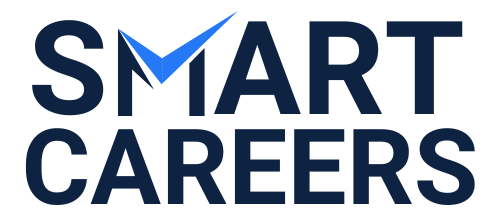Routines in data analytics are standardized workflows that are used to perform common tasks. They can be automated or manual, and they can be used to streamline the data analysis process and improve efficiency.
Here are some examples of common routines in data analytics:
- Data collection: This routine involves gathering data from a variety of sources, such as databases, spreadsheets, and APIs. The data can be collected manually or automatically, and it may need to be cleaned and transformed before it can be analyzed.
- Data preparation: This routine involves cleaning and transforming the data to ensure that it is ready for analysis. This may involve removing outliers, correcting errors, and converting the data to a consistent format.
- Data analysis: This routine involves using statistical and machine learning techniques to analyze the data and extract meaningful insights. This may involve identifying trends, patterns, and correlations in the data.
- Data visualization: This routine involves creating charts, graphs, and other visualizations to communicate the findings of the data analysis to others.
In addition to these general routines, there may be more specific routines that are used for different types of data analysis. For example, there may be routines for analyzing customer data, financial data, or social media data.
Routines can be created and used by individual data analysts, or they can be shared across a team or organization. Sharing routines can help to ensure that everyone is using the same methods and that the data analysis is consistent.
Here are some of the benefits of using routines in data analytics:
- Improved efficiency: Routines can help to automate tasks and streamline the data analysis process. This can free up data analysts to focus on more strategic work.
- Increased accuracy: Routines can help to reduce errors in the data analysis process. This is because the routines have been tested and refined over time.
- Improved consistency: Routines can help to ensure that the data analysis process is consistent across different projects and teams. This is important for ensuring that the results of the data analysis are reliable and comparable.
To create a routine, it is important to first identify the specific tasks that need to be performed. Once the tasks have been identified, they can be sequenced into a logical workflow. The routine can then be documented and shared with others.
Here are some tips for creating effective routines in data analytics:
- Start with a clear goal. What do you want to achieve with the routine? Once you know your goal, you can identify the specific tasks that need to be performed to achieve it.
- Break down complex tasks into smaller steps. This will make the routine easier to understand and follow.
- Document the routine. This will help to ensure that everyone is following the same steps and that the routine is consistent.
- Test the routine. Once the routine has been documented, it is important to test it to ensure that it is working as expected.
- Share the routine with others. If the routine is going to be used by others, it is important to share it with them so that they can learn how to use it.
Routines are a valuable tool for data analysts. By using routines, data analysts can improve their efficiency, accuracy, and consistency.
